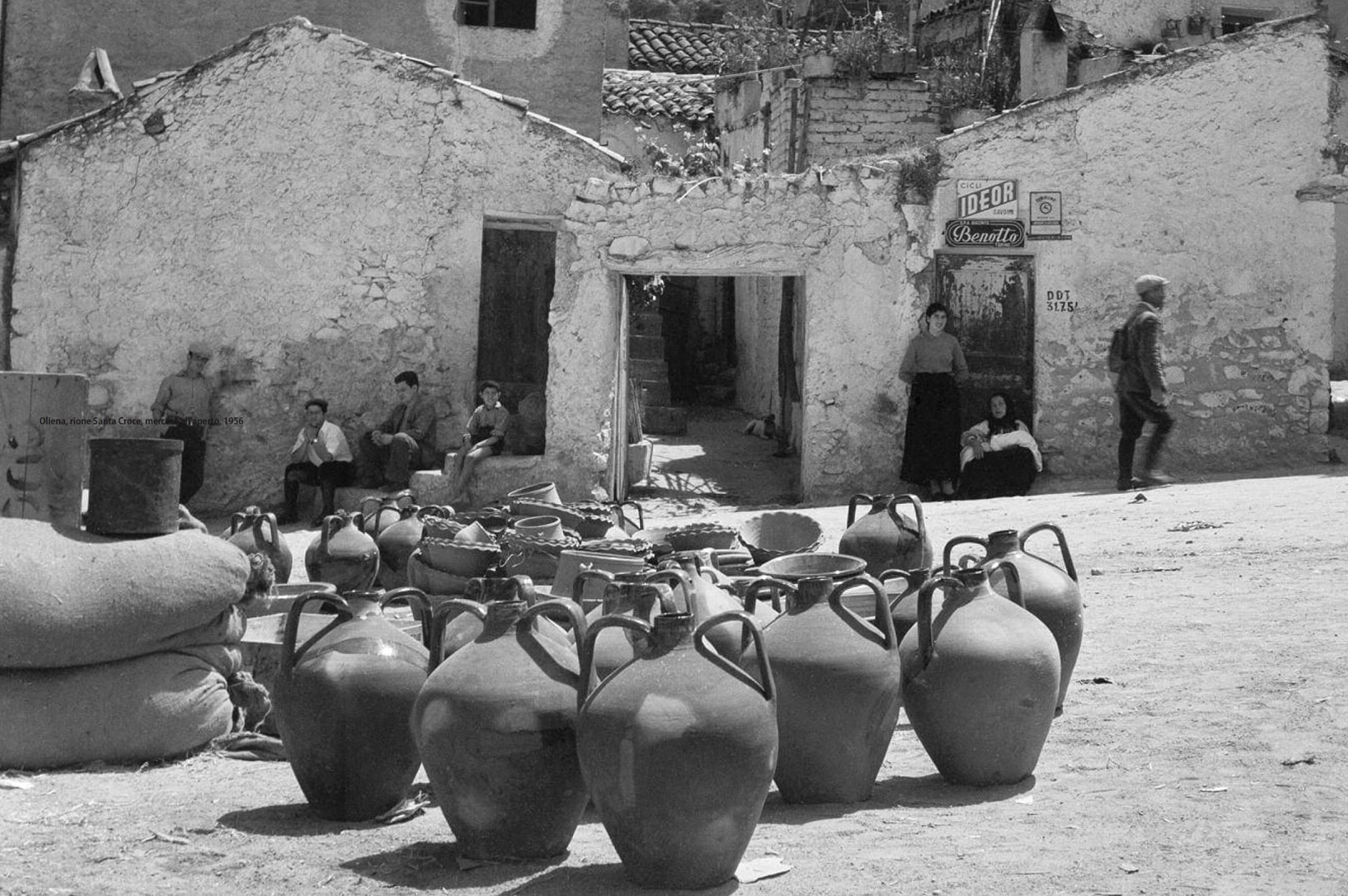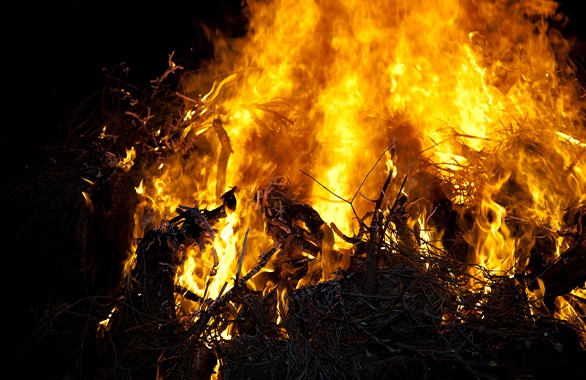The strong roots of a culture that is fully alive
If Sardinian culture is a chest full of treasures to discover, the tenore singing style is probably its most precious gem.
It is a very ancient singing style performed by four men’s voices, and its origins are lost in the sands of time.
Dance is one of the most heartfelt performances in Oliena. Su ballu tundu – which means round dance, with dancers forming a circle – involves many people whenever it is performed. It is a form of expression that never gets old and still loved by a multitude of people.
The dress of Oliena (su hustùmene) is something precious. It is always hand-sewn, made of fine textiles, intense colours, elaborate shapes, and marvellous gold jewels. The seamstress, to make one, needs several helping hands: weavers, embroiderers and dyers. The dyers, in particular, use only local flowers to impress the colours of their land on the dress – maybe these are among the reasons why the traditional dress is still a very strong symbol of the Sardinian identity.
Fascinating Sardinian churches are generally tiny, presenting pleasing proportions and set in ancient towns or standing solitary among hills and lands.
There are 15 religious edifices in Oliena: their forms and styles, and the art pieces within, all tell the story of this corner of Barbagia.
You can enjoy the stunning photos of German Marianne Sin-Pfältzer while strolling around the streets and squares of Oliena. She got to Sardinia in 1955 after a life of travels and made the island her resting home for the rest of her days.
For 25 years, Oliena has been opening yearly its houses to visitors on the second weekend of September. The old homes of the townspeople called sas cortes offers their most authentic food and traditions. It is a journey through the old town when every house (every corte) is a station worth stopping by to get your fill of smells, flavours and knowledge of the place.



















